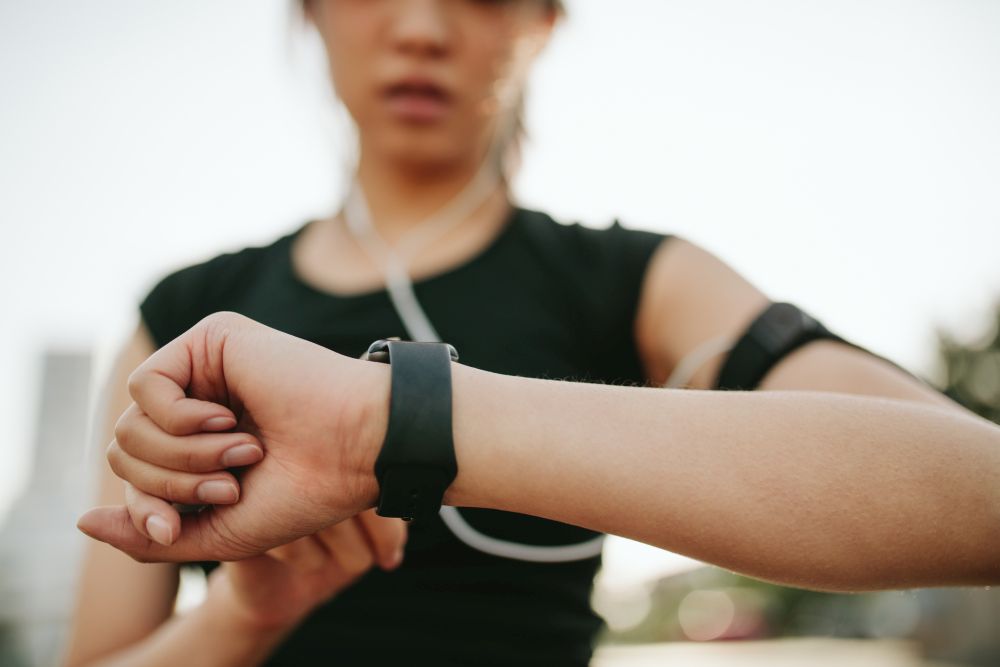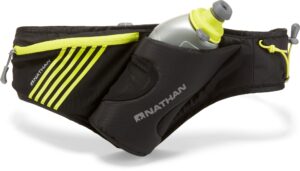The good and bad side of running data
Data can be a great training tool, but it's possible to rely on it too much

These days the average runner has more data at their fingertips than ever before. You can get down-to-the-second updates on your pace, cadence, heart rate and several other metrics right from your watch, and could spend hours analyzing the results afterward. Data can be a great tool to help you track your progress and guide your training, but relying on it too heavily can backfire.

Data-informed vs. data-driven
The distinction between these two training approaches is important, and is where many runners get tripped up. When your training is data-informed, it means you’re considering the metrics you track during your training (like mileage, pace, cadence, heart rate, sleep, etc.) alongside broader patterns, like how you’re feeling during your workouts, whether or not you’re experiencing any aches, pains or injuries and whether you’re seeing progress overall.
Ditching the data: can you really train for a marathon goal without a watch?
Many runners try to do this, but end up focussing too much on the numbers, causing their training to become data-driven. In this approach, you’re making adjustments to your training based solely on what your watch is telling you on any given day, without considering other factors. This is a very pigeon-holed look at your progress, and can often lead to rash decisions that hurt you in the long run.
The reason for this is because data often encourages you to focus on micro-trends, rather than the overall picture of your progress. This is an issue because when you look at your training under a microscope, one bad workout can seem like a huge problem when in reality, it’s just one small hiccup. It’s important to remember that progress is never linear, and every training cycle will be characterized by ups and downs. As long as the overall trend in your training is positive, you know your training is being effective.

Data doesn’t tell the whole story
Numbers don’t tell you everything. For example, you may be hitting your splits every week in workouts and always reaching your weekly mileage targets, which suggests that you’re adapting well to your training and making progress. At the same time, you may be feeling increasingly tired and having to work harder and harder to hit those goals, or you may be developing aches and pains that could lead to injuries. Both of these scenarios are red flags that you’re not adapting well to your training, but they won’t show up in your data — at least, not right away.
Many runners pay so much attention to the data that they forget to actually listen to their bodies, but it’s important to always consider the numbers you’re seeing within the context of how you’re actually feeling when you’re making training decisions.
Note to runners: never rely on your GPS watch during a big city race
Believe it or not, there are runners out there who don’t use a watch at all, and they swear by it. This doesn’t mean you should ditch your watch entirely, but there are benefits to developing an intuitive sense of how hard you’re working, namely that you’ll be less likely to overdo your training to the point of burnout or injury. So the next time you’re out for a run and you look at your watch to check you’re data, don’t forget to check in with yourself too.


